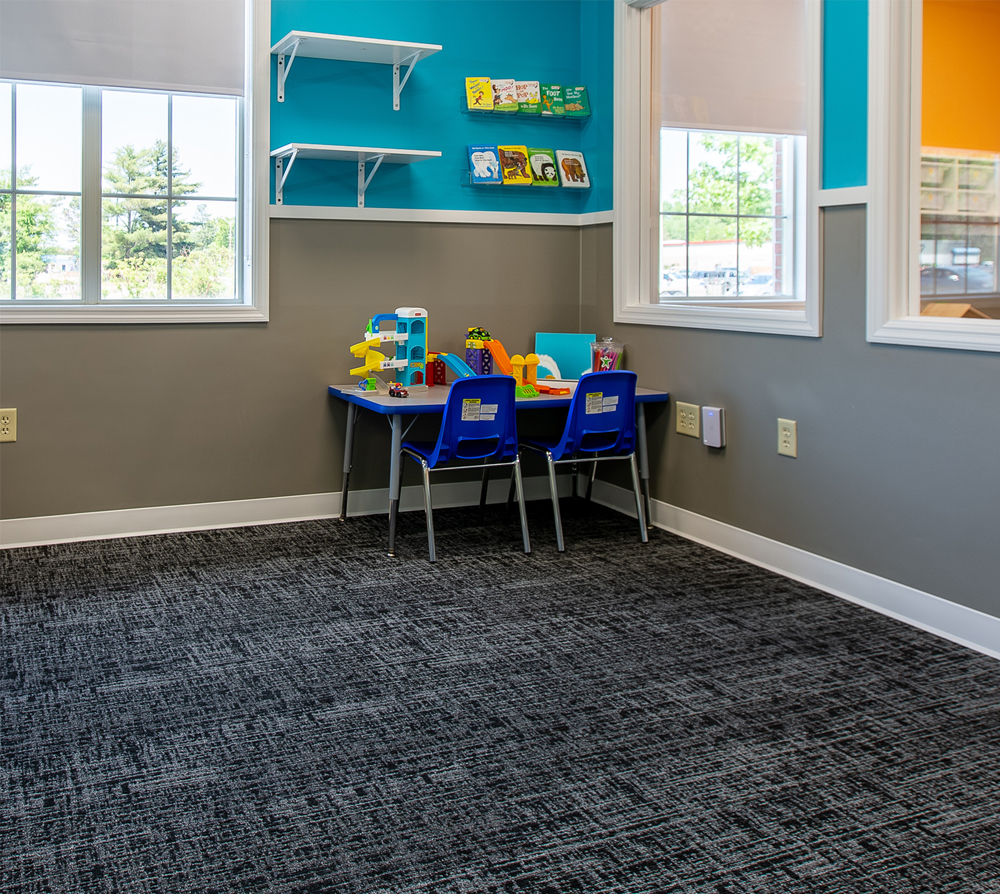Robots and Children with Autism
Written by our Family Outreach Coordinator, Lisa DelPrete
I recently read an article from the BBC news entitled “Robots in the classroom help autistic children learn” and I have to say that I do not totally agree with the entire article and this is why. In the summer of 2010, our entire family experienced how the use of a robot could help our then 10 year old son, Mateo, who was diagnosed with Autism at the age of 4 ½. Mateo spent about two days a week throughout that summer working with a robot through the University of Notre Dame’s FUN Lab.
The robot was programmed with facial expressions and gestures that Mateo was familiar with, and with games that he would be interested in. For Mateo it was a lot of imitation and voice recognition. When he heard the robot talking to him, using his name and looking at him, he thought it was absolutely hilarious! Mateo found its movements inviting, and when the robot actually used his name and talked to him, Mateo wanted to respond back and socialize. Our family then was fortunate enough to then be featured in the University of Notre Dame’s “Fighting For” commercial aired in September 2010. For a complete view, please go to YouTube and type “Notre Dame Autism Commercial”, and it is titled “Fighting For Breakthroughs in the Treatment of Autism.”.
Mateo had always had trouble socializing, but not for the reason that was explained in this BBC article. The article states that “autistic children find robots less threatening than people as they are more predictable. It also says the “robots have not emotion, so children with autism find them easier to engage with”. A signature characteristic for all children with autism is difficulty communicating. They have the desire to be social but comprehension is a barrier. They don’t always understand social conventions or norms. The use of the robot becomes more inviting for the child and thus its easier for them to understand how to imitate and learn through the robot, not to mention fun!
Helping children with autism breakthrough those barriers and communicate more effectively is the focus of Dr. Joshua Diehl’s current research projects and therapies at the University of Notre Dame. For most people, there are gestures, facial expressions, words and voice infliction in a simple conversation that come naturally. Children with autism can accomplish these behaviors individually, but putting them together is difficult. We need to teach them those intuitive behaviors and that is why the robot is so helpful.
For more information, please view the University of Notre Dame’s Fun Lab website.
Together, we can unlock your child’s potential
Related News

06/11/2025
Overcoming Stereotypes
Autism stereotypes are common and can have significant social consequences for autistic children. Misconceptions hinder the acceptance and inclusion of autistic children. Challenging these stereotypes is vital for creating a more understanding and supportive society. Challenging Common Autism Stereotypes When people hear the word “autism,” they often imagine a narrow set of images, like the […]

06/11/2025
What’s Next After ABA Therapy?
There are a number of reasons why an autistic child might stop ABA therapy, and one is that they have reached their goals. In this article, we take a look at what parents can expect going forward. What Are the Next Steps After ABA Therapy? As a parent, you only want what’s best for your […]

06/11/2025
Do Babies with Autism Smile?
We take a look at the importance of early intervention, some of the milestones for parents to look out for, and the more common signs of autism in babies. Do Babies with Autism Smile? Watching your baby grow is an exciting time, certainly one of life’s quiet wonders. From those first sleepy stretches to the […]


